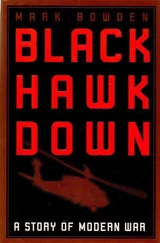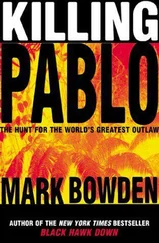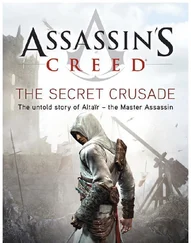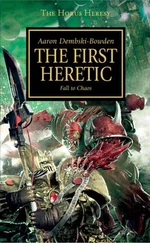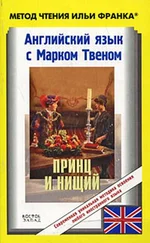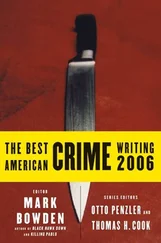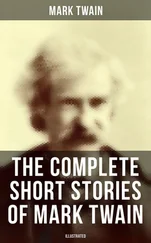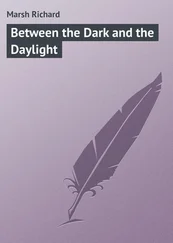Pakistan held bin Laden’s wives, children, and grandchildren for nearly a year and then deported them to Saudi Arabia. Under interrogation by intelligence agents there and by the CIA, the women revealed that bin Laden had been living in Pakistan for seven or eight years. He had moved four times before settling into the Abbottabad compound, and had fathered four children. If accounts from Pakistani authorities are to be believed, the al Qaeda founder’s domestic arrangements were less than blissful. The eldest of the three wives with him, Khairiah, especially resented the youngest wife, Amal—so much so that she was accused by Siham, the third wife at Abbottabad, of betraying their husband to the CIA. If so, I found no evidence to support it. None apparently had any useful information to disclose about al Qaeda’s surviving leadership. The compound was destroyed in February 2012.
The Pakistani doctor who worked with the CIA in an effort to obtain a DNA sample from the bin Laden children, Shakil Afridi, was arrested and tried for treason. He is serving a thirty-three-year sentence. Pakistan claims the conviction was for charges unrelated to assisting the CIA, but the doctor’s imprisonment was roundly condemned by the United States and American authorities continue to work for his release.
“This is the man’s passion, keeping children healthy,” said one senior U.S. intelligence official. “He sets up clinics throughout Pakistan to inoculate children. We offered him money to set up an inoculation clinic in Abbottabad, not a fake one, but a real inoculation clinic. The money we paid him was put back into his program. He had no idea why we were interested.”
A Senate panel voted to cut $33 million in aid to Pakistan in retaliation, a million for every year of the doctor’s sentence. Senator John McCain called his work for the CIA “the furthest thing from treason.”
On the Friday after the raid, Obama flew to Fort Campbell, Kentucky, to meet with the SEAL team and chopper pilots. Initially, the president asked to meet with the SEALs, and McRaven suggested that if he traveled to Campbell he could also thank the Night Stalker pilots based there, whose unit had not received the same recognition as the mission’s shooters.
“We can bring all the players to Fort Campbell,” the admiral told Donilon, and suggested that in addition the president could then also meet with the 101st Airborne Division, which had just returned from a deployment to Afghanistan. So Obama attended four events there that day, ending it with a speech to more than two thousand soldiers.
The first event was with the SEAL team and pilots from the actual mission. They assembled in a drab classroom on the base. Obama was struck by how “ordinary” the group was. With only one or two exceptions, the men did not resemble the bulked-up heroes of Hollywood action films, but a group of fit-looking men who ranged in age from their late twenties to early forties. There were some with gray hair. Dressed differently, he thought, they could have been bankers or lawyers. It wasn’t their physical skills that distinguished them, he realized, it was their hard-earned experience and wisdom.
In the front of the classroom was a model of the compound. McRaven had said they would walk the president through the mission in detail. They would tell him everything, except which of them had shot bin Laden. That secret would stay with the team. The president did not ask, and the team did not offer.
Then the helicopter pilot who had so skillfully crashed his Black Hawk inside the compound stood up to speak. He was a tall, thin man with dark hair, who appeared unused to speaking before a group, especially one that included the president of the United States. He described exactly what had happened with his chopper, and how deliberate his crash had been. He explained that once he realized it was going down he maneuvered it to catch the tail on the wall so that it would land upright.
“Was the weather a factor?” Obama asked.
“Yes,” the pilot said. The air had been warmer and less dense than the mission plan had anticipated, and then he explained in detail the aerodynamics that brought the Black Hawk down.
When he was finished the SEAL team commander spoke. He was dead serious and perfectly at ease addressing the group. He began by thanking the chopper pilot. “I am here today,” he said, “because of the amazing work that this guy did.” He then gave a long account of exactly how their successful mission had been “ten years in the making.” The capability he and the other men in the classroom represented had been honed over all those years of combat, he said. Their skills and tactics had been purchased with the lives of many men who had served with them. He mentioned the operating bases in Afghanistan that were named in honor of these men. Every one of them, along with everyone else they had served with over the years, was, in effect, a member of the team. Then he explained how the raid’s success had depended on every member of the team present in the room, and gave examples. He cited the skill of the pilot setting the falling chopper down upright. He cited the middle-aged translator who was able to turn away the curious people outside the compound.
“I don’t know what we would have done if all those people had just started rushing the compound,” he said.
He cited others. He even mentioned Cairo, the dog.
“You had a dog?” the president asked, surprised.
“Yes, sir, we always have a dog with us,” the commander said.
“Well,” said Obama, “I would like to meet that dog.”
“Well, Mr. President, then I would advise you to bring treats,” said the commander sternly.
The men in the room laughed.
The commander then walked the president through details of the raid. When he made reference to some of the errors and controversy in the press about the details, Obama dismissed them.
“Don’t worry about it,” said the president. “That’s just Washington, that’s just media, that’s just noise.”
Again, the men laughed.
The commander described how going through the house and encountering bin Laden had happened quickly and without complication, from his perspective. He said he and the men had been surprised by how much potentially valuable material was upstairs, and how they had just begun rapidly stuffing it into bags. Perhaps the most complicated part of the mission, he said, had been herding the wives and children to a far corner of the compound while the downed chopper was rigged with explosives, making sure that no one was hurt when they blew it up.
When the commander finished, the president stood and thanked them. He described how, among his advisers, there had been a wide range of estimates about whether bin Laden was in the compound.
“But early on in this process I came to terms with the fact that there was always going to be a fifty-fifty case on the intelligence side,” he said. “I made the decision I did because I had one hundred percent confidence in your capability.” He called them “the finest small fighting force in the history of the world.”
Rhodes looked around the room and thought that the claim, while extreme, might actually be true. Here was the cream of JSOC, handpicked for this mission. Given the previous ten years of constant fighting, it was not likely there had ever been such a group of experienced assaulters, at least not in modern times. The president had earlier presented McRaven with a gift, a gold-plated tape measure, because he had not had one the night he tried to measure bin Laden’s body. Now he presented the team with a Presidential Unit Citation, the highest honor the nation bestows on an entire military group. He then shook every hand in the room. He was startled and moved when the team presented him with a gift, a flag they had taken on the mission and had framed, signed on the back by all the team members. He hung it in his residence on the second floor of the White House.
Читать дальше



